
Imagine you just made a major donation to a cause that’s important to you. You probably spent a lot of time thinking about how much you could afford to give and considering which organization you could trust.
A few weeks pass, and you realize you never received any acknowledgement of your generosity. Would you be likely to choose the same organization the next time you want to make a charitable donation?
When it comes to donor retention, thanking your donors goes a long way. Everybody wants to feel that their efforts are appreciated, and donors are no different. If you want to show your donors how much they mean to your organization and encourage them to remain a part of your giving community, try incorporating these tips into your next thank-you message.
1. Personalize your message as much as possible.
Lifeless and generic thank-yous aren’t going to cut it with most donors. In fact, if your message seems too automated, donors might go straight to that “delete” button.
Personalized messages, on the other hand, show that you’re invested in building deeper relationships with donors and allow you to take advantage of the thrill of the “honeymoon phase” after that first donation.
Add a personal touch to your messages using donor data. Pull supporter names from your donor management system to personalize your greetings. You can also celebrate donors’ history with your organization, thanking your monthly donors, long-time supporters, and volunteers by referencing their past interactions and unique contributions. Demonstrating to donors that you see and appreciate their commitment to your organization can reinforce their confidence in their decision to support your nonprofit.
2. Acknowledge the donor’s specific gift.
Donors want to know that you’ve received and processed their gifts accurately. Providing specific details about the donor’s gift shows that you’re paying attention and that you truly care about each individual contribution, not just the bottom line.
For example, imagine that you are a school hosting a popcorn fundraiser. A customer who orders two bags of cheddar jalapeño popcorn and one bag of strawberry shortcake doesn’t just want a letter thanking them for their donation—they want to make sure they get that popcorn!
Mention the products purchased to let them know that you’ve received their specific order. For monetary donations, include the amount donated to demonstrate to donors that they can trust you to process their donations correctly.
3. Emphasize impact.
If you want to motivate donors to continue supporting your cause, you have to show that their donations make a tangible difference. A great way to do this is by sharing the outcomes that donors’ contributions empowered you to achieve.
Let’s say you’re a church raising money selling flower bulbs. You don’t want to just disappear into the void after delivering your supporter’s orders. Instead, you should follow up with them and let them know just what you did with their generous gifts. Maybe you restocked the food pantry, or you were able to buy a collection of winter wear to give to unhoused community members. Messages sharing how donors’ gifts aided your cause, particularly when they include powerful visuals, will humanize your mission and inspire future donations.
These messages are particularly vital for retaining monthly donors, who want to see that their ongoing support is still valuable and that it makes a difference. It pays to keep a running story bank to draw from when you need to remind donors why their support matters. Compiling and organizing compelling written testimonials, videos, and photos allows you to bring your donor appreciation to life and connect supporters’ contributions to real outcomes.
4. Use heartfelt language.
No one wants to feel like they’re getting a message from a robot. Show your sincere gratitude when you communicate with donors, and avoid using overly formal language or jargon that will alienate them. Ask yourself which of the following messages you’d rather receive following a donation:
“The fundraising department of the Literacy Legion, a 501(c)(3) organization, thanks you for your donation, which will aid our core beneficiary cohort and generate outcomes for emergent readers as they acquire phonemic awareness.”
Or:
“From all of us here at Literacy Legion, thank you for your generous donation. Your contribution will fuel our mission to expand literacy in our community.”
See the difference?
Especially if you run an organization that works closely with children, keeping your writing simple and clear will allow your younger audiences to enjoy your appreciation.
A Fidelity Charitable study actually found that over 80% of parents who model charitable behavior see it mirrored in their children. As ABC Fundraising’s guide to fundraising ideas for kids explains, having donors share their thank-you messages with their kids can “inspire the next generation of givers” to participate in philanthropy.
5. Provide additional involvement opportunities.
Reminding your donors of opportunities to continue aiding your cause is an essential part of any follow-up message. This does not mean asking them to give again right away; instead, end your thank-you message with an appeal to consider various options for showing their support, such as:
- Volunteering. We all know how important volunteers are to the work of any nonprofit. Volunteering gives donors the opportunity to see firsthand the missions their donations support and work directly with beneficiaries.
- Becoming an advocate. Advocacy is an effective and accessible way for donors to get involved, especially busy donors who may not have as much free time for volunteering. For example, if you want supporters to contact a local representative, Cornershop Creative’s roundup of nonprofit advocacy examples recommends providing supporters with the right contact information and an impactful script they can follow.
- Attending events. In addition to fundraising events, go above and beyond when engaging donors by inviting them to educational webinars, workshops, or tours of your facility. These events can create the feeling of an exclusive community among your supporters, which encourages them to become more involved in the future.
Giving donors the chance to continue supporting your cause in creative ways honors their past generosity while humbly encouraging them to consider their future involvement with your organization. Donors who engage with your organization in multiple ways beyond just fundraising are more inclined to participate long-term and form genuine bonds with your nonprofit’s staff and their fellow supporters.
A mere thank-you message might be easy to overlook or underestimate, but sometimes it’s the simple things that really matter to donors. Taking the time to show how every donation makes a difference, demonstrating more gratitude instead of more ambivalence, can turn one small gift into a continued commitment to you and your cause. Multiply that impact by ten, a hundred, a thousand, and imagine what you could achieve.
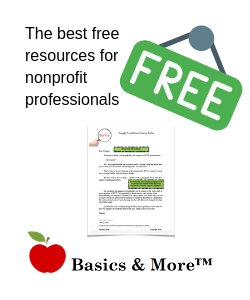

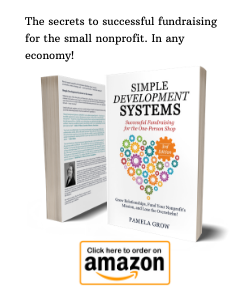
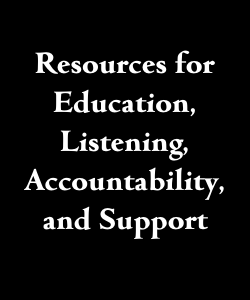

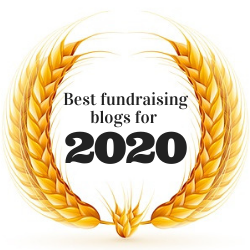

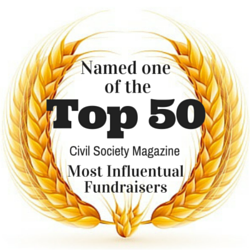
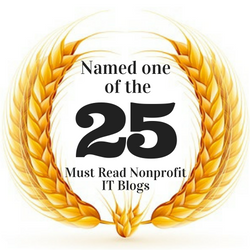

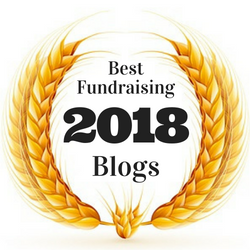


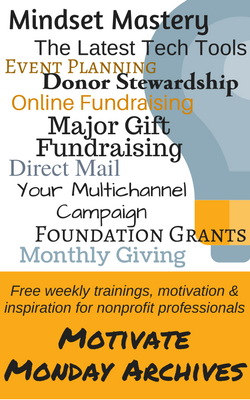

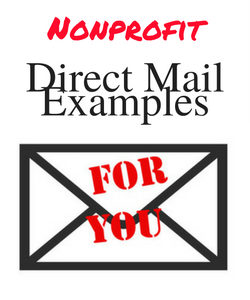
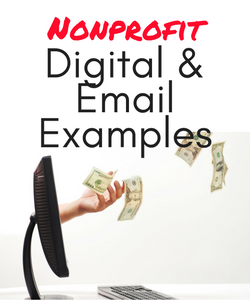

 I can’t wait to meet with you personally.
I can’t wait to meet with you personally.
Comments on this entry are closed.